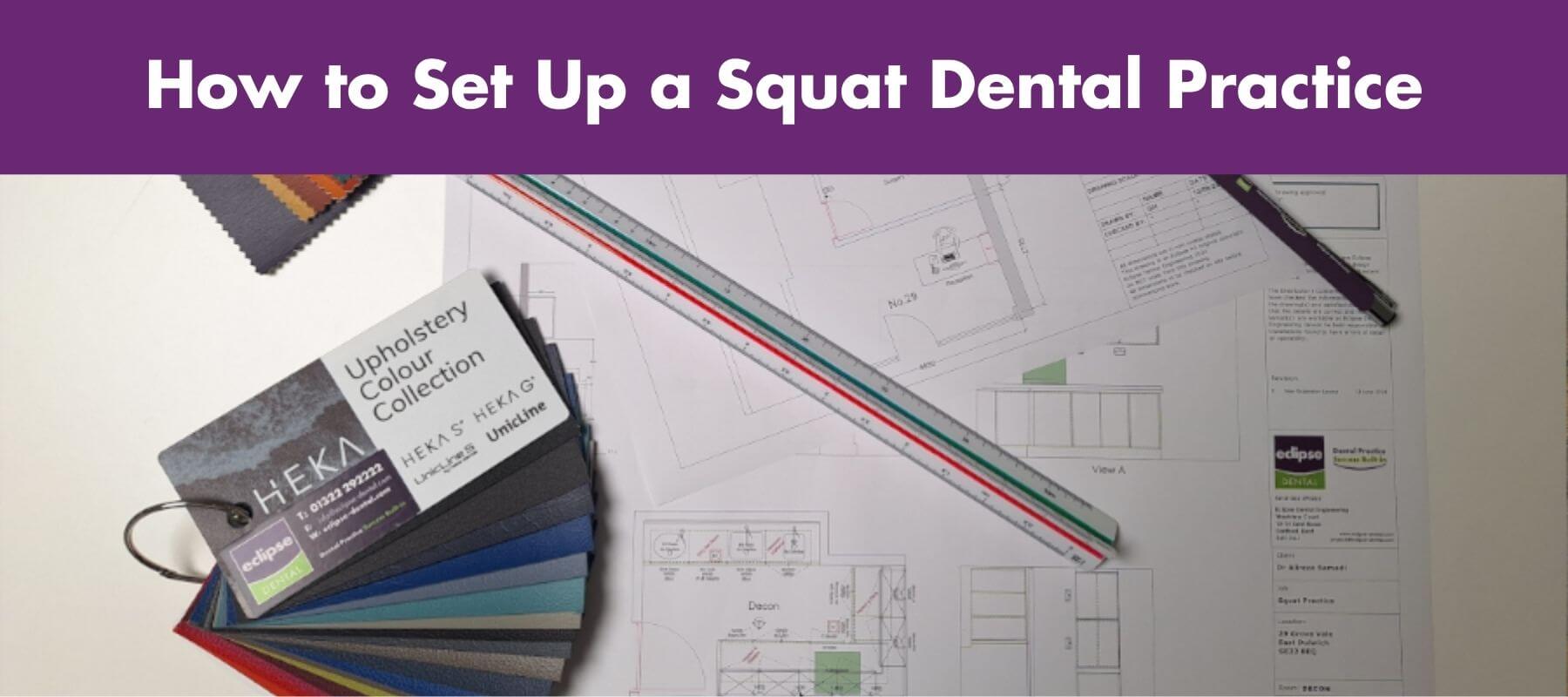
A squat dental practice is essentially a practice started from scratch, usually with a single surgery to begin with and aspirations to be a highly profitable business.
There are many aspects to building a successful squat practice and the most important from the start is to focus on a clear plan and prepare for a lot of hard work.
At the outset of this journey, you should cover these key points in your project:
Embarking on the journey to set up a squat dental practice is thrilling yet intricate. As you delve into planning, each step requires careful consideration and thorough research.
One smart move? Bringing an experienced practice manager on board early. Their insights on staffing, marketing and purchasing are invaluable, steering your project towards success.
Budgeting is your compass in this journey, guiding each decision with clarity and focus.
Keep your branding consistent from design through marketing for a seamless identity. And don’t forget, initiating your marketing early means gaining momentum even before your doors open.
At Eclipse Dental, we understand these nuances. We’re here to support you beyond just setting up.
From the perfect fit-out to selecting top-notch equipment and ensuring its maintenance, we’re your partners in ensuring your dental practice thrives from day one.
Check out our step-by-step squat practice guide below which will provide you with everything you need to confidently build and establish your very own dental practice. And if you’re ready to get started, take a look at how we can cover every detail in our 5-Step Process.

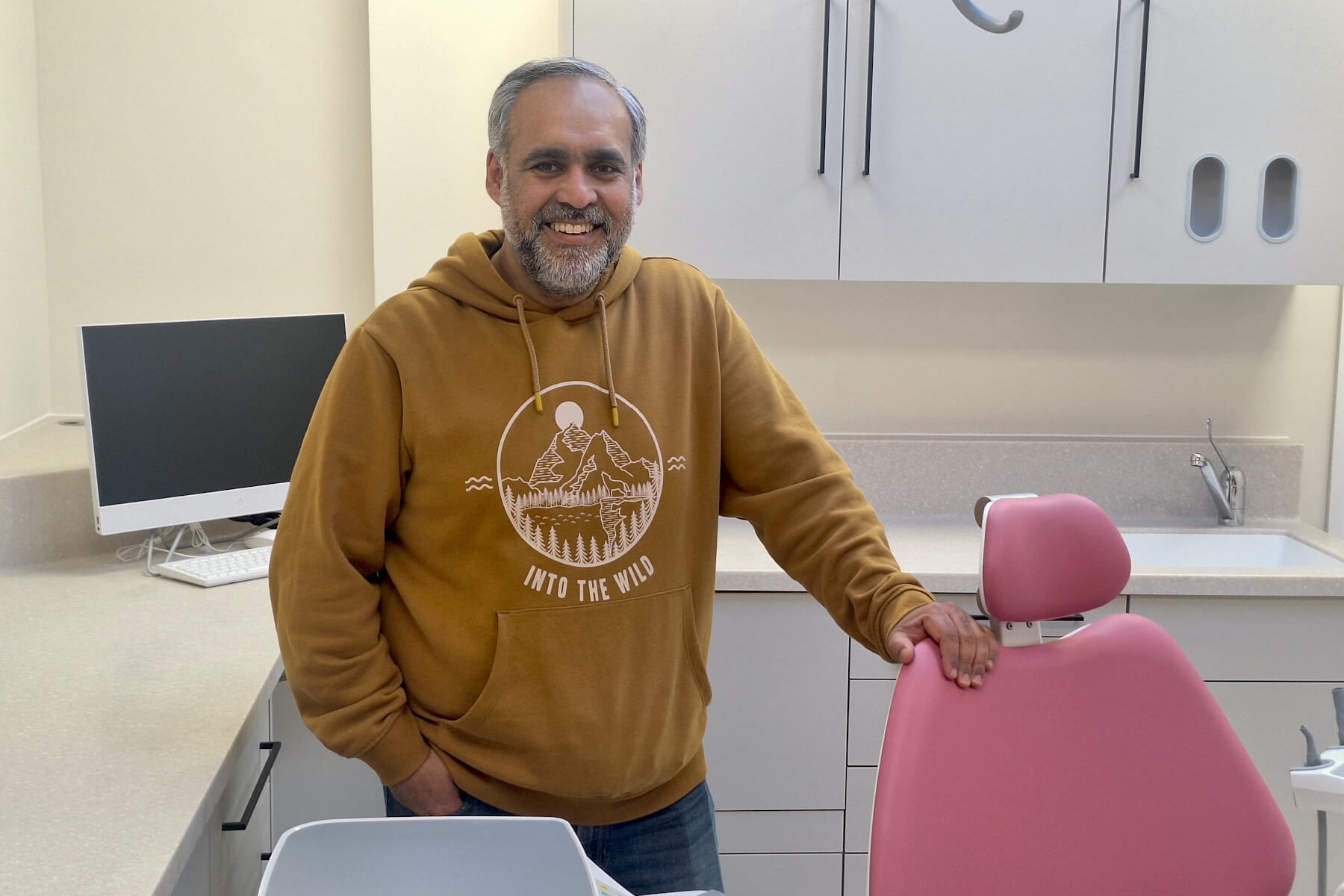
Starting a squat dental practice in the UK is a venture filled with potential and promise, yet it requires careful navigation of several key legal and regulatory requirements.
Here’s what you need to know to ensure your practice is compliant and set for success:
For a deeper dive into these requirements, the DDU Journal’s ‘starting your own practice’ article offers comprehensive insights.
By aligning with these guidelines, your practice will be well on its way to a promising and compliant start.
In the competitive landscape of dental services, distinguishing your squat dental practice is crucial.
It starts with crafting a unique value proposition. What can your practice offer that sets it apart?
These unique offerings don’t just attract patients; they define the character of your practice and set the stage for its success.
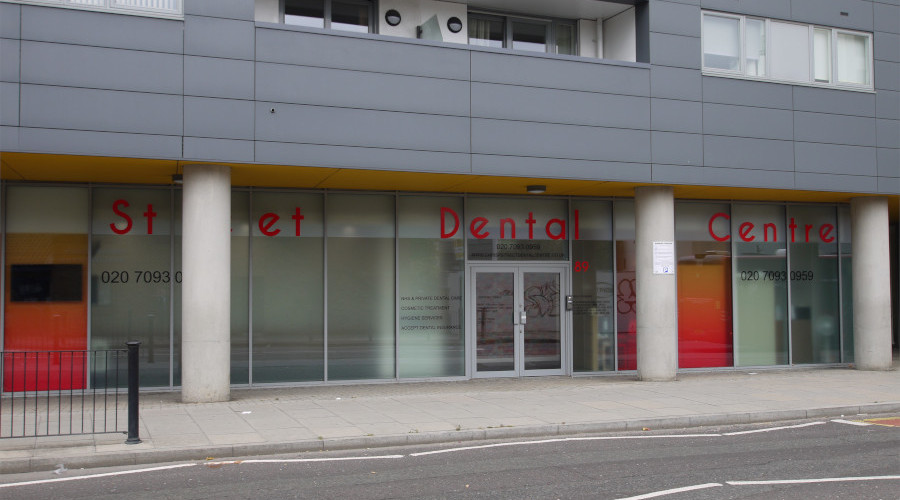
The journey of your dental practice should begin with a clear, strategic vision. What are your goals for the near and distant future?
Perhaps it’s attracting a specific number of new patients within the first six months or establishing a reputation as a leader in a particular dental speciality.
Equally important is the financial and growth roadmap. Accurately forecast your cash flow for the first year and outline a growth timeline.
Remember, the success of your practice hinges on setting realistic and measurable goals.
This clarity not only keeps you focused but also motivates your team and builds confidence among your patients.
Selecting the perfect location for your dental practice is a critical decision that requires strategic planning and thoughtful consideration.
Here’s a guide to help you navigate this crucial step:
Start early and plan thoroughly. The likelihood of finding a purpose-built property for a dental practice is slim, so be prepared to consider buildings that may require conversion.
Understanding planning permissions and regulatory requirements is essential, which we will delve into later in this article.
The right location does more than just meet functional requirements; it plays a vital role in building customer confidence and shaping the patient experience.
When establishing a dental practice, it’s crucial to navigate the complexities of planning permissions and building regulations.
Here’s an overview to guide you through this essential process:
Keeping abreast of these regulations is not just about compliance; it’s about ensuring the safety, functionality and sustainability of your dental practice.
When setting up a squat dental practice, a detailed and well-thought-out budget is key to your success.
Here’s what you need to consider:

Finding the right financial support is crucial. For an in-depth guide on dental practice financing, check out our detailed article: How to Secure Financing for Your Dental Practice.
We have a longstanding partnership with Braemar Finance, extending over 10 years.
They understand the unique needs of dental practices and have a strong relationship with both our clients and the Eclipse Dental team.
Why Choose Braemar Finance:
For a new dental practice, especially a squat practice, a robust marketing strategy is not just beneficial—it’s essential.
Here’s how you can approach it:
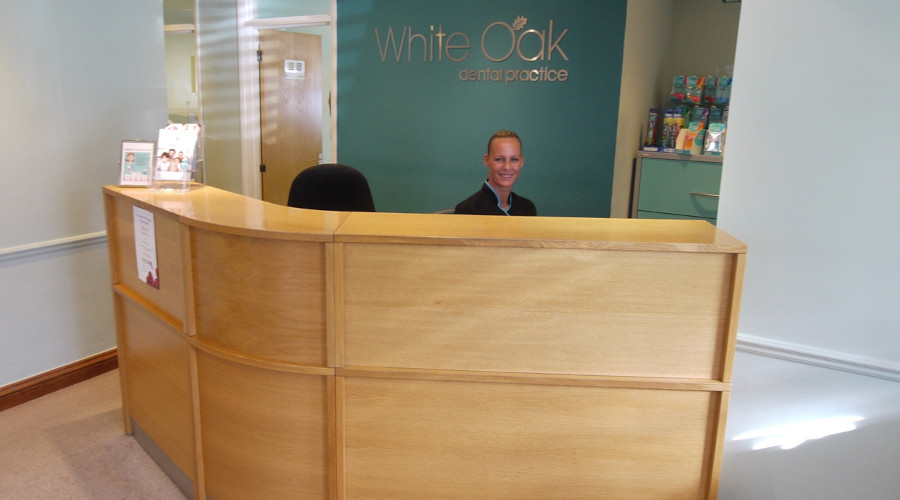
No principal dentist can manage a practice alone; a strong, capable team is essential for success.
Here’s how to effectively build and manage your team:
Key Staff Roles:
The design of your dental practice extends far beyond room layouts. It encapsulates aesthetics, colour schemes and lighting, all while balancing functionality and comfort.
Here’s how to approach this:
Design Checklist:
Here are some key considerations for your dental practice design:
While the owner of a squat dental practice may have a vision for the design, turning these ideas into a practical, efficient and compliant space requires expertise.
Here’s where a seasoned project manager becomes indispensable.
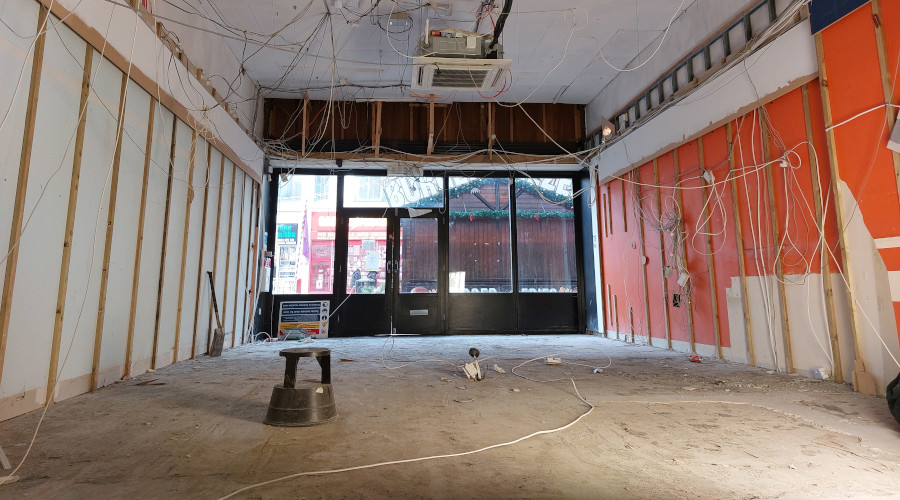
At Eclipse Dental Engineering, we offer a complete solution for your squat practice design and fit-out needs.
Our approach combines meticulous attention to detail with personalised service. Our team will guide you through each stage, ensuring a smooth project execution.
To discuss your design ideas and how we can assist you, feel free to contact us at 01322 292222, email at enquiries@eclipse-dental.com or use this contact form.
Whether you’re starting from scratch or upgrading your existing surgery, our expert team is here to design, build and equip a practice tailored to your needs.
Fill out this form, and we’ll be in touch within 24 hours to discuss how we can make your project a success.
Eclipse Dental is committed to protecting and respecting your privacy, and we’ll only use your personal information to administer your account and to provide the products and services you requested from us. From time to time, we would like to contact you about our products and services, as well as other content that may be of interest to you.
You can unsubscribe from these communications at any time. For more information on how to unsubscribe, our privacy practices, and how we are committed to protecting and respecting your privacy, please review our Privacy Policy.
Effective budgeting is a cornerstone of any successful dental practice fit-out.
Understanding the potential costs involved is essential for planning and executing your project without financial surprises.
A key component of your project planning is estimating the cost of the fit-out phase.
To assist you in this process, a useful starting point is to consider a rough expenditure of approximately £100 per square foot or £1000 per square metre.
This estimation serves as a general guideline to help you form a preliminary budget.
This cost estimation typically encompasses various aspects of the fit-out process, including:
Factors Influencing the Cost:
It’s important to remember that every dental practice is unique. This estimation can be adjusted based on your specific requirements, the complexity of the project and the level of customisation desired.
By considering these factors, you can develop a more accurate budget that aligns with your vision for the practice and ensures a smooth fit-out process.
If you need further assistance in budgeting or planning your fit-out, our team is here to help guide you through every step.
Our commitment to excellence in dental practice fit-out and design is best illustrated through our project with Dental Lounge Eltham.
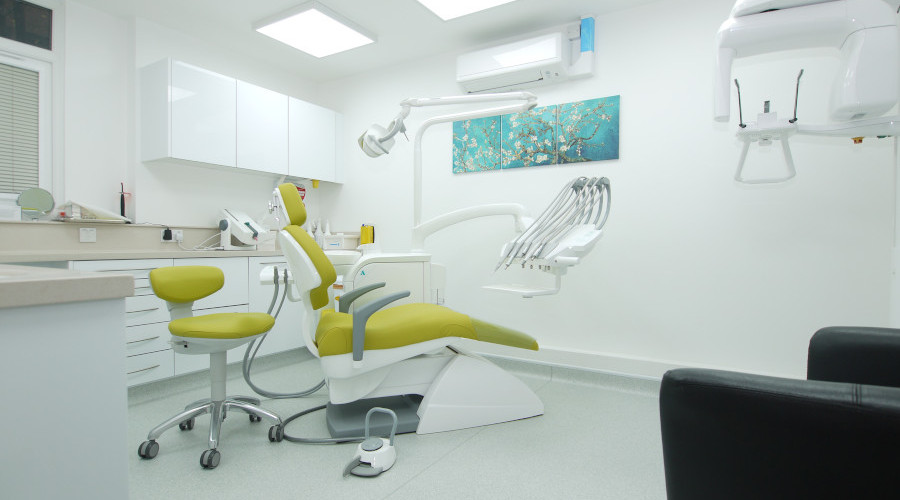
This case study exemplifies how we address unique challenges to create a thriving, state-of-the-art dental practice.
Dental Lounge Eltham presented a unique challenge – transforming a space into a modern, efficient dental practice.
We played a crucial role, supplying the necessary equipment and collaborating seamlessly with the client’s chosen builder to bring this vision to fruition.
Emphasising functionality and aesthetics, our approach involved meticulous planning and innovative design.
We focused on creating an environment that was both patient-friendly and conducive to efficient dental practice.
The transformation led to the creation of a dental practice that not only meets the high standards of contemporary dentistry but also offers a welcoming atmosphere for patients.
The new space is equipped with the latest dental technology, optimised for workflow efficiency and patient comfort.
For a detailed exploration of this project, visit the Dental Lounge Eltham Squat Practice Case Study.
This project is a testament to our expertise and commitment to quality in the field of dental practice fit-out and design.
At Eclipse Dental, we pride ourselves on turning challenges into successful outcomes, ensuring each practice we work with is set for success.
You can see our other squat practice case studies here.
Selecting and installing the right equipment is one of the final steps in realising your squat dental practice.
This stage is crucial, as it not only affects the functionality of your practice but also impacts the patient experience significantly.
Understanding your equipment needs and allocating the budget for them should be part of your initial planning stages. The cost can be substantial, so it’s important to plan this aspect carefully.
Consider different financing methods like lease financing, rentals, or purchasing used equipment. It’s vital to ensure that any option you choose complies with industry standards and embraces new technology.
For insights on how technology can enhance patient experience, read our article on using technology in dental practices.
Your equipment list may include, but is not limited to, the following items:
As an independent equipment supplier, we offer a diverse range of products that cater to various treatment specialties.
Our expertise allows us to provide unbiased advice, ensuring you find the right equipment that fits your budget and meets your specific requirements.
Discover our extensive Equipment section, where you can search by category, manufacturer, or even specific keywords.
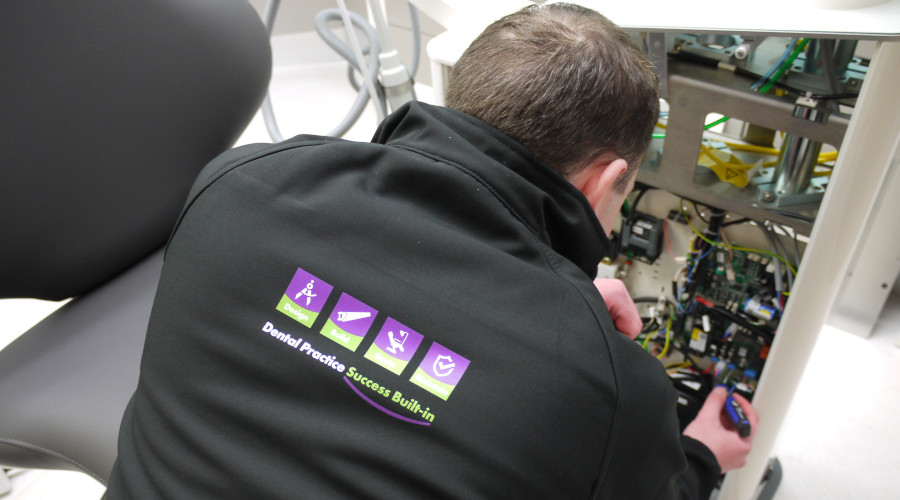
The establishment of your dental practice is just the beginning. Ongoing maintenance and servicing of your equipment are critical to ensure uninterrupted operations and compliance with regulatory standards.
Here’s how to approach maintenance effectively:
Regular annual servicing of your dental equipment is essential. It not only ensures compliance with Care Quality Commission (CQC) standards but also extends the working life of your equipment.
Timely maintenance can prevent unexpected breakdowns and the associated costs and disruptions.
Our bespoke EclipseCare Service Plans are designed to meet the unique needs of your practice.
These plans are tailored to suit your specific equipment and operational requirements, offering peace of mind and ensuring that your equipment is always in top working condition.
Role of Dental Engineers in a Practice:
For a comprehensive understanding of why dental equipment servicing is crucial, consider reading our article – Do I need to have my dental equipment serviced?
This article provides a full synopsis of the importance of servicing, covering aspects like safety, compliance and operational efficiency.
Regular maintenance is not just a regulatory requirement; it’s an investment in the longevity and success of your practice.
By prioritising the care of your equipment, you ensure the best possible service to your patients while safeguarding your practice’s operational integrity.
Setting up a squat dental practice is an ambitious and rewarding endeavour. It requires meticulous planning, strategic decision-making, and a focus on quality at every step.
As you embark on this journey, remember these key takeaways:
Remember, you’re not alone in this journey. Seeking expert advice and partnering with experienced professionals can make the process smoother and more efficient.
Whether it’s in design, fit-out, equipment selection, or maintenance, having the right partners can significantly contribute to the success of your practice.
As you build your practice, keep your focus on quality, patient satisfaction, and continuous improvement.
By doing so, you’ll not only establish a successful dental practice but also create a lasting impact in the community you serve.
We hope this guide provides you with a comprehensive understanding of what it takes to set up a successful squat dental practice.
If you have any questions or need further assistance, feel free to reach out. Here’s to the ongoing success of your dental practice!
What is a squat practice in dentistry?
A squat practice in dentistry refers to setting up a new dental practice from scratch in a location that previously did not house a dental practice.
Unlike taking over an existing practice, a squat practice involves starting entirely anew, which includes finding a suitable location, designing the practice layout, acquiring new equipment and building a patient base from the ground up.
It presents an opportunity for dentists to create a practice that aligns precisely with their vision and goals.
How much does it cost to set up a squat dental practice?
The cost of setting up a squat dental practice can vary significantly based on several factors such as location, size of the practice, level of equipment and the extent of the fit-out required.
As a rough estimate, fit-out costs can be around £100 per square foot or £1000 per square metre.
However, this is a general guideline, and the total cost can be influenced by the choice of technology, design preferences, and other specific requirements of the practice.
What are the key considerations when choosing a location for a squat dental practice?
Choosing the right location is crucial for the success of a squat dental practice.
Key considerations include the demographics of the area, competition from existing dental practices, accessibility for patients (including parking and public transport options), and the potential for visibility and footfall.
Additionally, the suitability of the property for dental practice needs, such as space for equipment and compliance with health regulations, is also important.
What are the benefits of having a bespoke service plan for dental equipment maintenance?
A bespoke service plan for dental equipment maintenance offers several benefits. It ensures that all equipment is regularly serviced and maintained, which helps in preventing unexpected breakdowns and costly downtime.
This proactive approach not only extends the life of the equipment but also ensures that the practice remains compliant with health and safety standards, including Care Quality Commission (CQC) guidelines.
Tailored maintenance plans can be adjusted to fit the specific needs and usage patterns of the practice, providing peace of mind and allowing dentists to focus on patient care without worrying about equipment reliability.

I have used them for the first time in recent months for a complicated project in carrying out a practice refurbishment. Eclipse were meticulous and brilliant. Very knowledgable engineers and a beautiful finish to my practice. They really are a family based business who will look after you. Very professional company and will definitely keep using them.

I had my 2 surgery practice completely stripped out and services repositioned with new flooring, new equipment and redecorated. They kept to the agreed time scale and we were up and running in our state-of-the-art new surgery. Thank you Eclipse and I will be using your services again.

I did a lot of research looking for a dental fit-out company before I came across Eclipse Dental. They designed the surgery exactly the way I wanted it to look which suits my requirements perfectly. The final result was phenomenal, just phenomenal!

The engineers that attend our practice are very knowledgeable and always act in a professional manner. If we have an emergency situation John Boyt always tries his best to fit us in. I have no hesitation in recommending Eclipse Dental Engineering to you for all your servicing and breakdown needs.

Eclipse listened to my ideas, they added a lot to them and improved my initial design. They had loads of realistic and creative ideas for a 21st century dental practice! Two surgeries were refurbished on time without any interruption of our clinics.

We would highly recommend the awesome Eclipse team who guided us through the design process, finishing touches and colour schemes. Their ability to combine build works with equipment and dental engineering makes it so much easier and better value.

I am very pleased with the result, it is of a high quality and surpassed my expectations, on the strength of the work done I commissioned some extra wall cabinetry. The whole process was hassle-free and I would be very happy to recommend Eclipse to my friends in the business.
We used Eclipse recently in an emergency as we had equipment failure. They were very quick to respond to our call and were able to get us working again within 2 hours. The engineer was very friendly and professional and I would highly recommend this company.

I would like to express my gratitude to you and your team for your professionalism and prompt response when our dental chair packed up. You attended the same day, removed the damaged chair and installed a rental to allow us to continue practising.
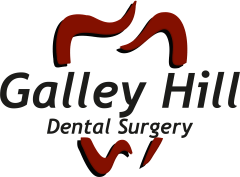
Having dealt with many fit-out companies over the years, Eclipse Dental has been one of the most professional, dependable and sincere companies I have ever worked with. I would not hesitate to use their services again.

Excellent service, Eclipse have worked tirelessly for us and have always come out same day if we have a problem stopping us working. Thanks to all at Eclipse.
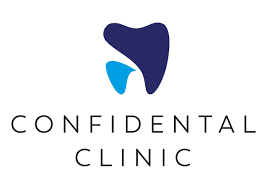
Their awareness of CQC regulations regarding equipment relocation and our necessity to minimise downtime was brilliant. We would like to recommend Eclipse Dental to anyone considering a refurbishment or relocation.
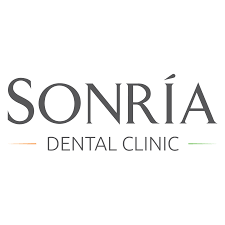
Very happy with the service and reliability of the team. From the beginning to the end, everyone was always helpful and very kind. I definitely will recommend Eclipse Dental!

I liked how swiftly the projects were done. Everything was managed, everything was timed and everything was coordinated. And every day we saw something happening. It was very exciting.

The quality of craftsmanship was exceptional—the cabinetry, flooring and all custom elements were made precisely to our specifications and aligned perfectly with our vision for the space.

Brilliant. Just professional! Complete refit of surgery. Flawless.

The boys did well! We didn’t give them much time to prepare but they did a great job, extremely pleased.

We have had the chairs for some time now and are happy with them. They serve what we need them for. The aftercare service is excellent

Eclipse are very flexible and listen to your needs. We are very impressed with the quality of workmanship they delivered. I would not hesitate to continue recommending Eclipse.
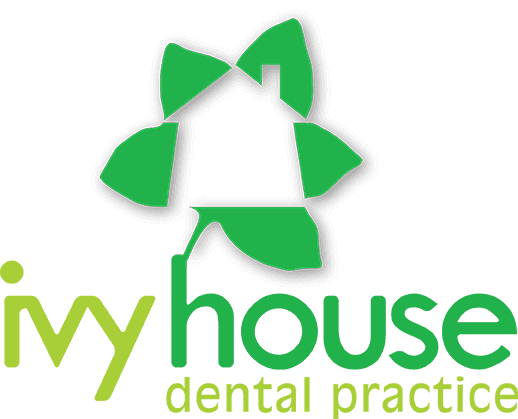
Eclipse were always accommodating of any requests and would always go the extra mile. I look forward to working with them for many years to come.

We are delighted with the end result. The practice looks good and, more importantly, works ergonomically and efficiently.